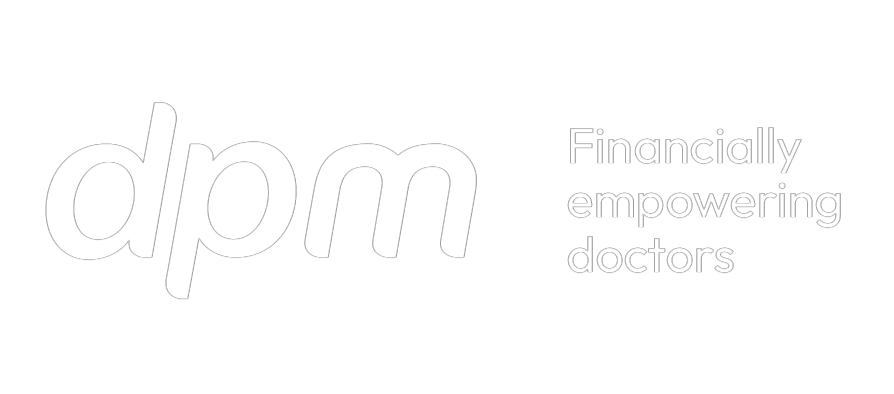Investing in anything presents risk and in the hope of accumulating some wealth, one may overlook the impact of that investment decision on their financial future. Being in a ‘high-risk’ profession, many doctors will consider tax structuring for different reasons. Asset protection is a common one where many doctors will discover – often too late- that owning investments directly may not be in their best interest. This discussion is talking the basics of tax structuring for doctors, what that means, when to look into it and why.
This podcast will provide answers to the following:
- What does tax structuring mean?
- What are the benefits of setting up a tax structure?
- When should a medical professional get structuring advice?
- What should be considered when deciding on a structure?
- What are the costs associated with having a structure in place?
- Are there other options besides using trusts or companies?
- How often you should review your tax structures?
If you have more questions or wish to talk to one of our tax consultants about entering private practice, click here to book a no-obligation free initial consultation.
DPM hopes you enjoy this podcast but please remember that the information discussed here is of a general nature and is not intended to serve as personal advice as it does not consider your personal circumstances. The views and opinions expressed in this podcast are those of DPM, not PodMD.
DPM Financial Services recommends you obtain personal advice relevant to your circumstances concerning specific matters before making a decision.

